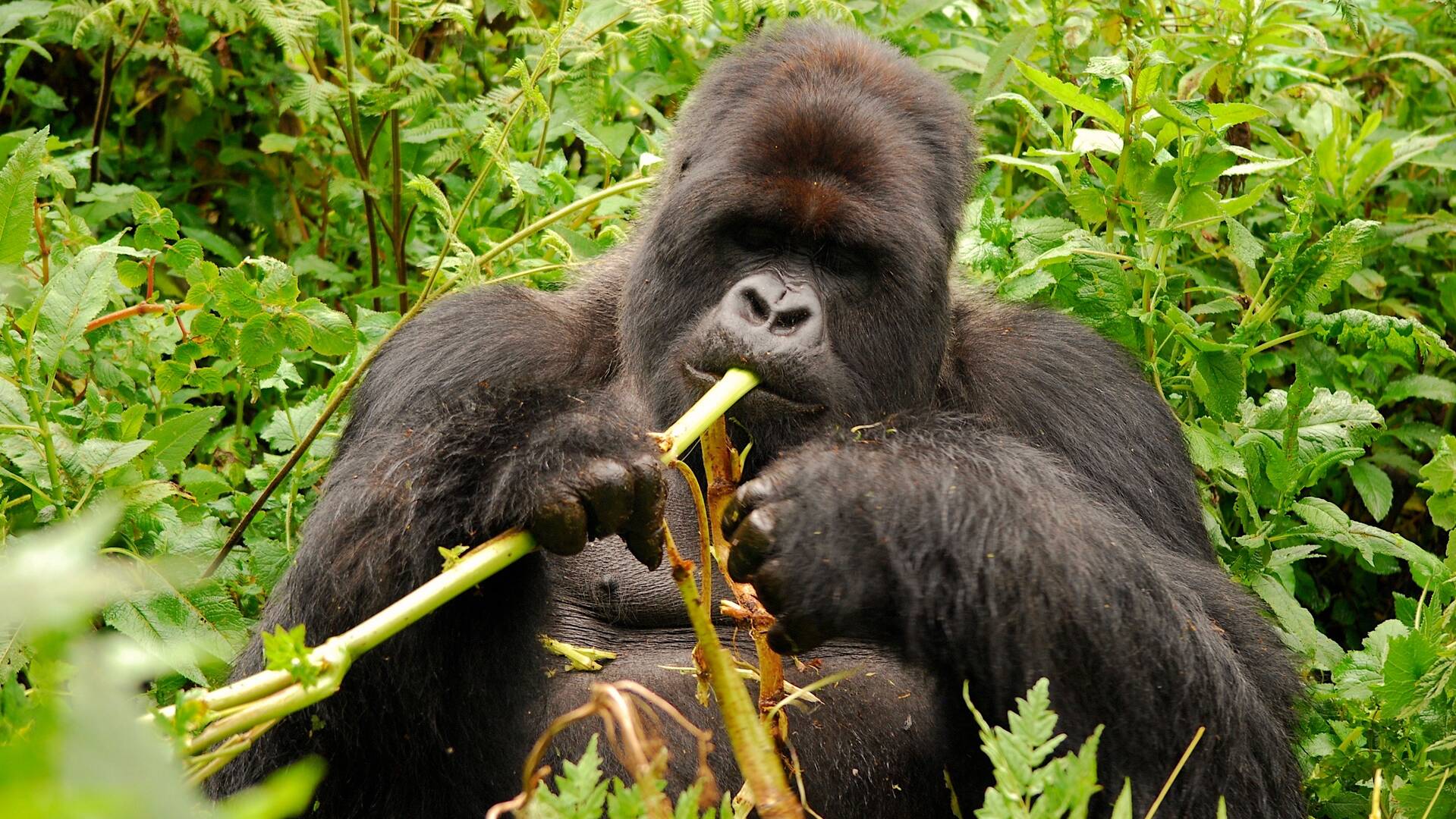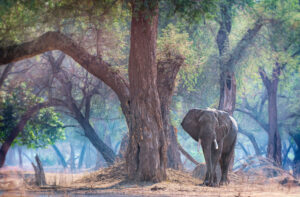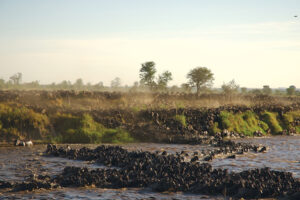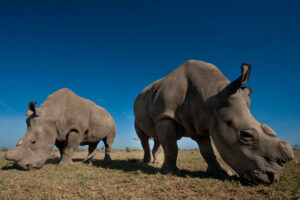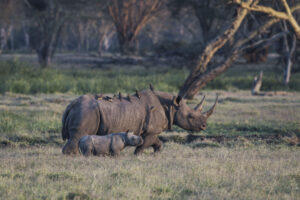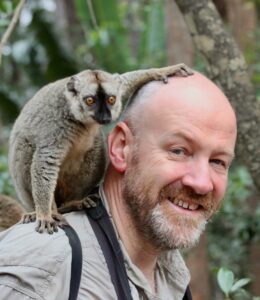
There are 1,063 mountain gorillas in the world. At least there were in 2018, which was the last time anybody counted. This figure comprises two separate populations: 604 in the Virungas region of Rwanda/DRC and another 459 in the Bwindi–Sarambwe ecosystem of Uganda/DRC.
This may seem a pretty small number – after all, it’s less than less than one-fifth of the people you could seat in London’s Albert Hall, not including the orchestra. And indeed, the mountain gorilla – one of two subspecies of the eastern gorilla (Gorilla beringei) – is one of the world’s rarest primates. But the figure is, nonetheless, a significant increase on the 680 estimated in 2008. So significant, in fact, it prompted the IUCN to upgrade the mountain gorilla’s conservation status from Critically Endangered to merely Endangered.
Six years have passed since 2018 and a lot has happened since then. On the plus side, over 100 new gorilla births have been recorded. On the negative side, the mountain gorilla’s homelands in central Africa have suffered numerous problems, including outbreaks of Ebola virus, civil conflict in the DRC, and the global COVID-19 pandemic, all of which have impacted gorilla monitoring and disrupted ecotourism, a vital source of conservation revenue. A new count is thus long overdue – and, thankfully, this is already in hand: the next census gets underway in November this year and finishes next May.
Gorilla censuses are conducted every five to ten years. The process began in Rwanda’s Volcanoes National Park in the 1970s and was adopted in Uganda’s Bwindi National Park in the late 1990s. It is an extremely challenging undertaking, involving expert planning, serious expertise and utter dedication from the counting teams. The search area is divided into sectors and teams search one sector at a time, typically working in two-week shifts. The whole survey is conducted twice, in two separate ‘sweeps’, to ensure no gorilla is missed.
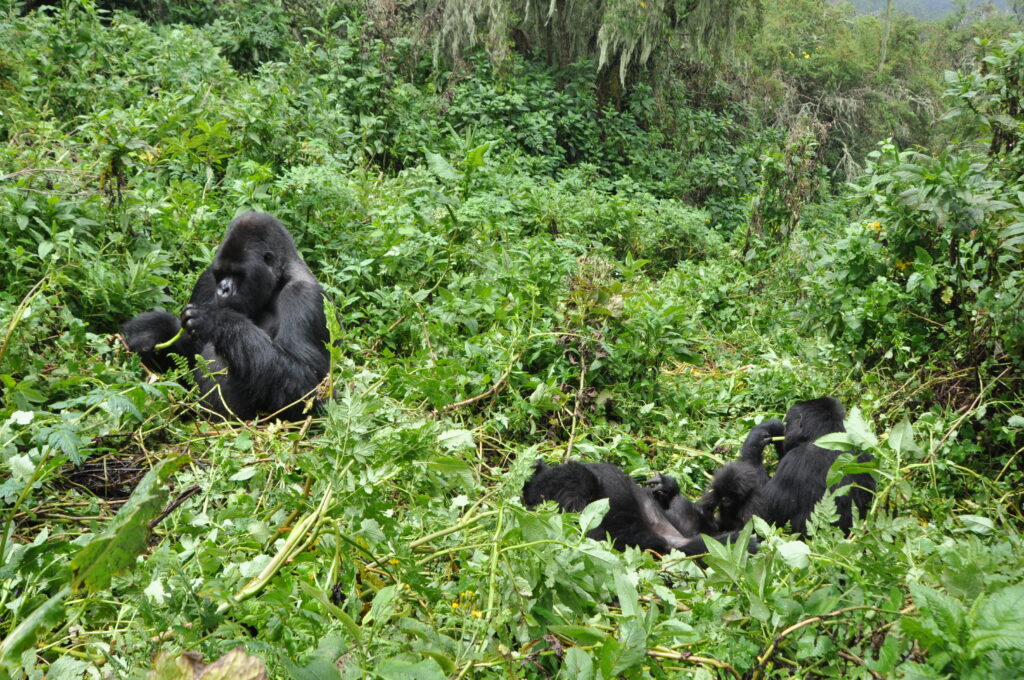
A survey team generally comprises four or five people – typically, two trackers, a ranger, and one or two data recorders. The approach is non-invasive: the teams look primarily for signs of gorilla activity, rather than the ape themselves. Their strategy is to walk a pre-determined route called a ‘recce’, with routes spaced roughly 500m apart. Once fresh dung is detected (no more than three days old), the teams leave the route and follow the trail to the nest site. Here they search every nest thoroughly, using sterilised tubes to collect faecal samples, which are dried out at camp then transported to the lab for DNA extraction, to identify individual gorillas. After the first nest site is surveyed, the team follows the trail to find least two more of the same group. In this way, they gather all the evidence they’ll need.
It’s an exhausting process, requiring endurance, vigilance and extreme physical fitness. Gorillas live on steep, densely vegetated forest slopes, with few natural paths, so the teams must negotiate ridges, rivers and swamps – often during heavy rain. While looking out for gorilla signs, they must also dodge any other potentially dangerous wildlife, such as elephants, buffalo and bush pigs. Teams are in constant radio contact, encouraging and helping each other as they progress.
Ultimately it is genetic analysis in the lab that determines accurate gorilla numbers. However, with habituated troops – those that visitors encounter on a trek – experienced trackers can identify individuals from their ‘noseprints’. Every gorilla has a unique pattern of wrinkles above its nostrils, like a human’s fingerprints. Recognising these is tricky. It can take months to study and memorise (through drawing) the nose-print for each gorilla in the group. But once mastered, it enables trackers to check on every individual gorilla on a daily basis. They can thus report a missing or sick gorilla and can monitor population dynamics – such as the birth of a new infant or the arrival of a new gorilla from another group.
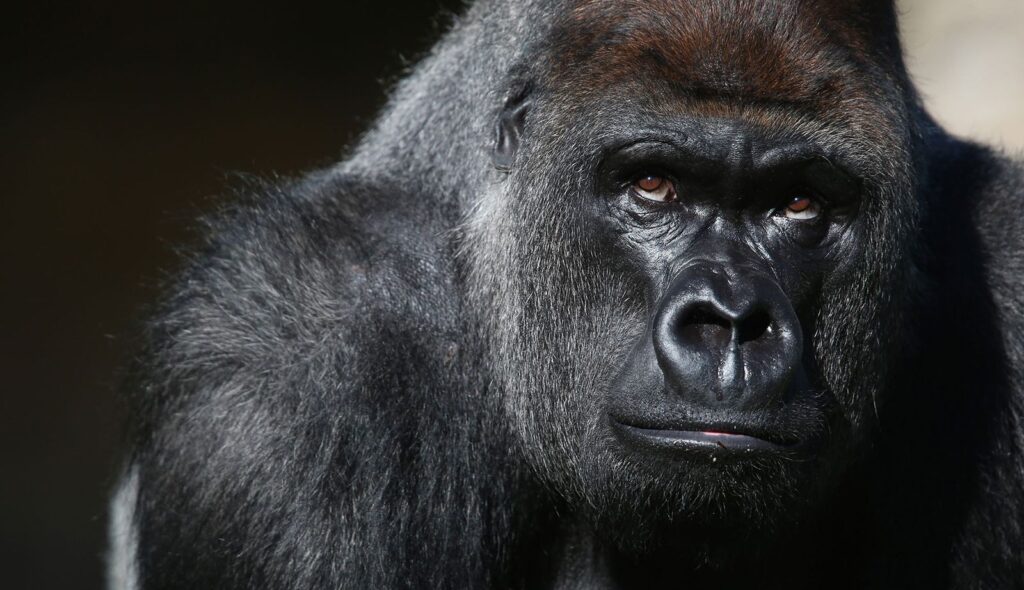
Mountain gorillas still face many threats – including habitat loss, disease, poaching, civil unrest and climate change. Counting them is a vital part of the conservation strategy. The censuses can also shine a light on other species that share the gorillas’ range, from golden monkeys to golden cats, and reveal signs of human disturbance, including illegal activities such as wood cutting and snaring. The whole exercise plays a vital part in securing a future for gorillas – and it would not be possible without the contribution you make through your trekking permits.
You can see mountain gorillas up close with Expert Africa. We can arrange tailor-made visits to Rwanda that include guided gorilla tracking. Find out more on our website or get in touch with one of our experts.
